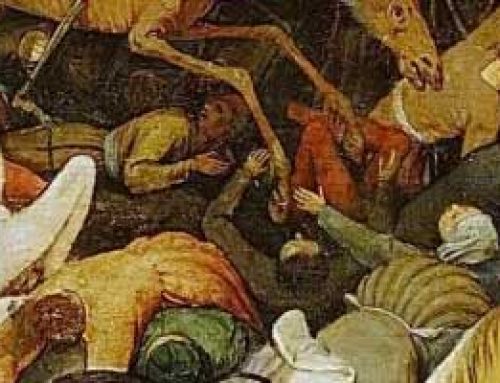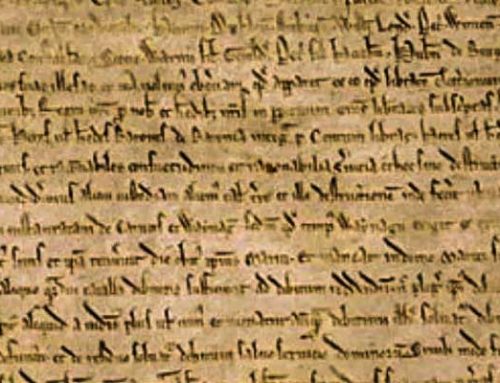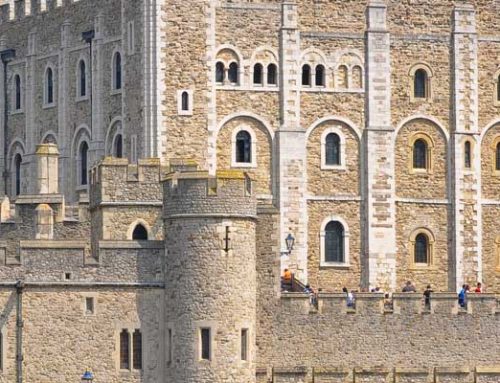Beyond the northwest border of the Roman province of Gaul in present-day France, the Frankish warrior named Marovich began conquering rival kingdoms. Most people in Western Europe spoke Celtic languages at that time, but the Franks spoke a Germanic language because they migrated from the east. The Merovingian rulers were the descendants of Marovich. They were known as the long-haired kings because they believed their authority came from their uncut locks.
Clovis was a young Merovingian warrior who killed off his rivals to create a fearsome Frankish kingdom by 481. The young king defeated the Roman army five years later and moved his capital to Paris. By his death in 511, Clovis controlled all but a small portion of the former Roman province of Gaul.
The Franks were pagans who believed in many gods. They worshipped Clovis as the descendent of Wotan, the Frankish god of the sky, though Clovis married a Burgundian woman raised as a Christian. Clovis blamed his wife’s faith in Christianity when their first child died at birth. But facing a defeat by the Alemanni in 496, his wife’s faith inspired the Frankish king, so he made a promise.
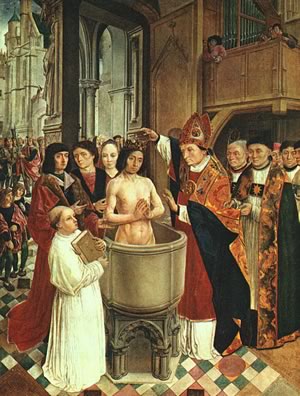
Baptism_of_Clovis
The Baptism of Clovis, c. 1500 by the Master of St. Giles
Clovis vowed to devote his life to Christianity if the Franks won a decisive battle. The next day, the Alemanni king was killed, and his soldiers surrendered. As a result of their unlikely victory, a Christian bishop baptized Clovis. Soon after, 3000 Frankish soldiers joined Clovis in the faith. Charles de Gaulle, a twentieth-century French statesman, wrote, “The history of France begins with Clovis…the first king to have been baptized a Christian.”
When Clovis died, his kingdom was divided among his four sons. The power of the Frankish kings grew weaker over time as the kings granted land and power to Frankish warriors. Charles Martel was the Mayor of the Palace, which meant he managed the king’s household, but as the Frankish kings lost power, the Mayor gained influence. Martel was known as “the hammer” (marteau in French) because he was known for mercilessly crushing his enemies.
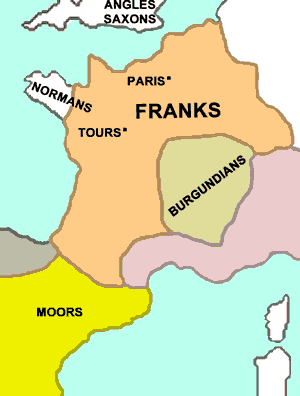
Franks_map
By the beginning of the seventh century, Clovis had conquered most of the former Roman province of Gaul.
Jabal Tariq was a Muslim warrior who crossed the Pyrenees Mountains into Frankish territory in 732. Tariq had conquered Spain twenty years earlier. While the king remained home, Charles Martel led the Frankish army in the Battle of Tours. Martel’s victory repelled the Muslim army and ensured that Christianity would be the religion of Europe.
In 751, Pope Zacharias granted Charles Martel’s son, Pepin the Short, the title “King of the Franks, deposing King Childeric. Defeated and ashamed, Childeric exiled himself to a monastery. As was the custom of the time, Childeric was tonsured—hair was removed from the top of his scalp—upon entering the monastery. His tonsure meant that the rule of the long-haired Merovingian kings had ended. The new kings were to be of the Carolingian dynasty, the descendants of Charles Martel.
Resources
Download this lesson as a Microsoft Word or a Adobe Acrobat file.
Mr. Donn has an excellent website that includes a section on the Middle Ages.

Baptism_of_Clovis
The Baptism of Clovis, c. 1500 by the Master of St. Giles


